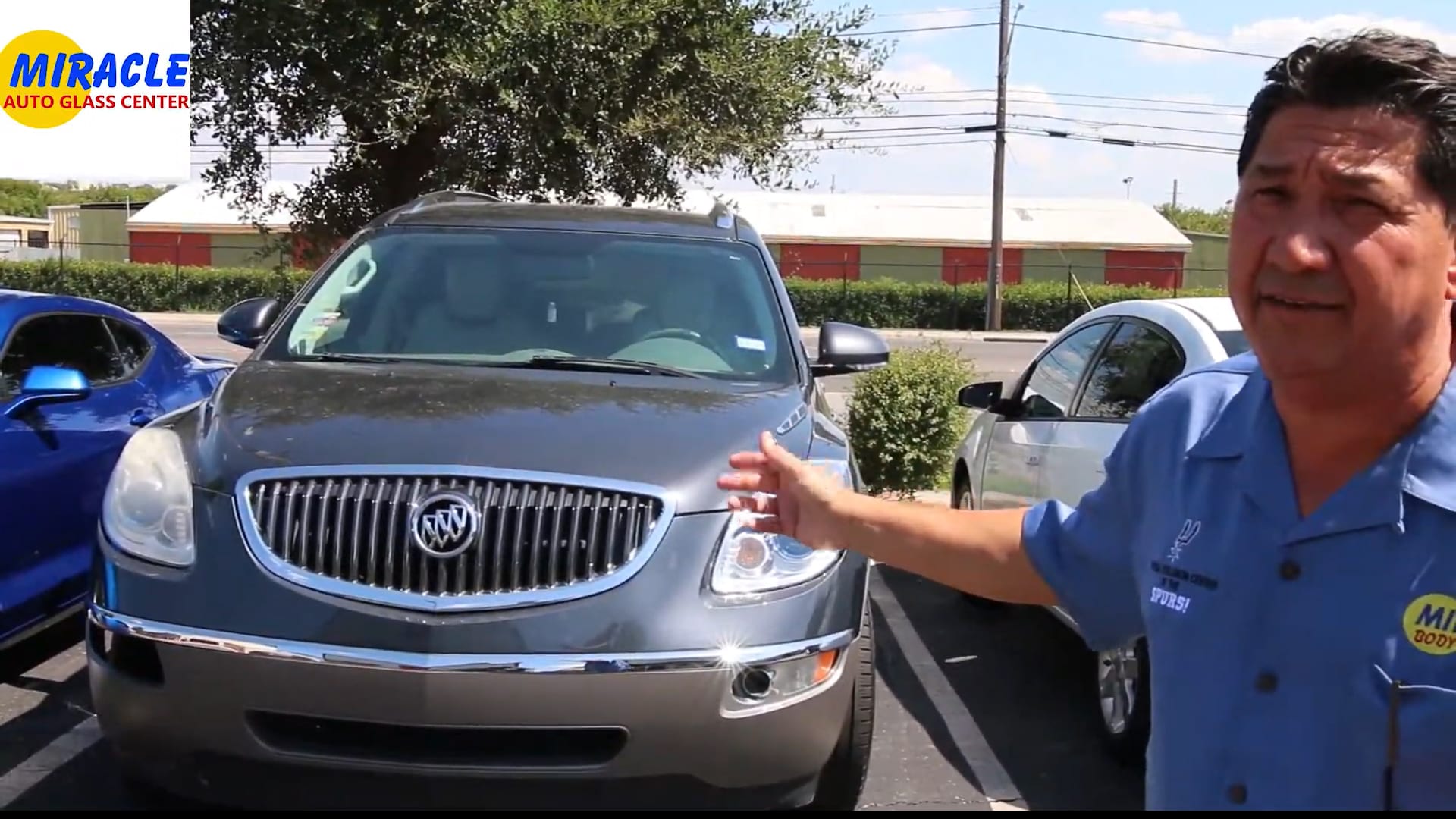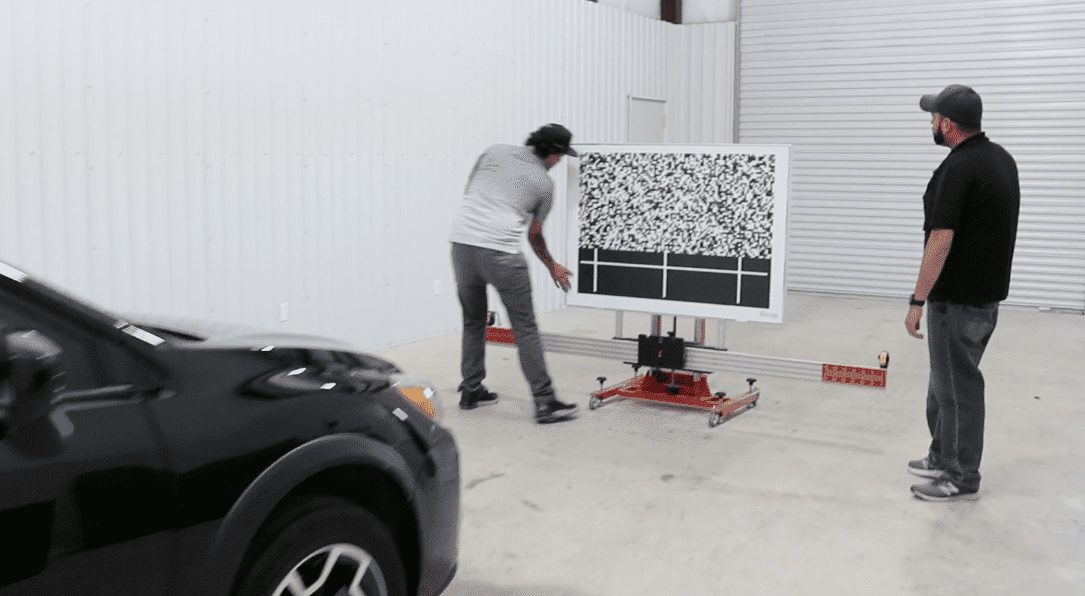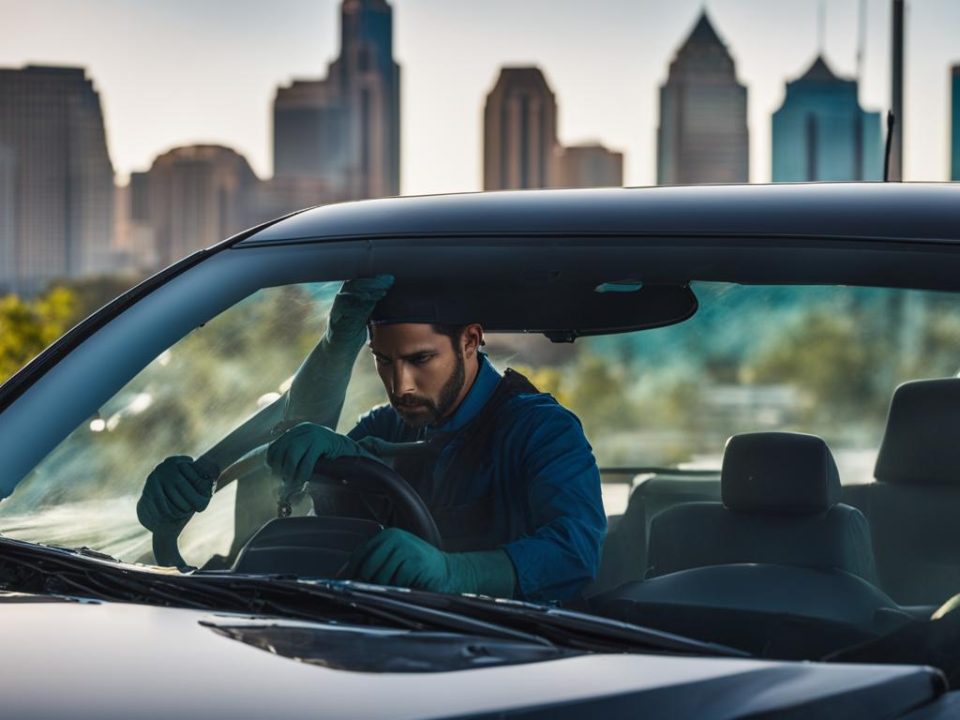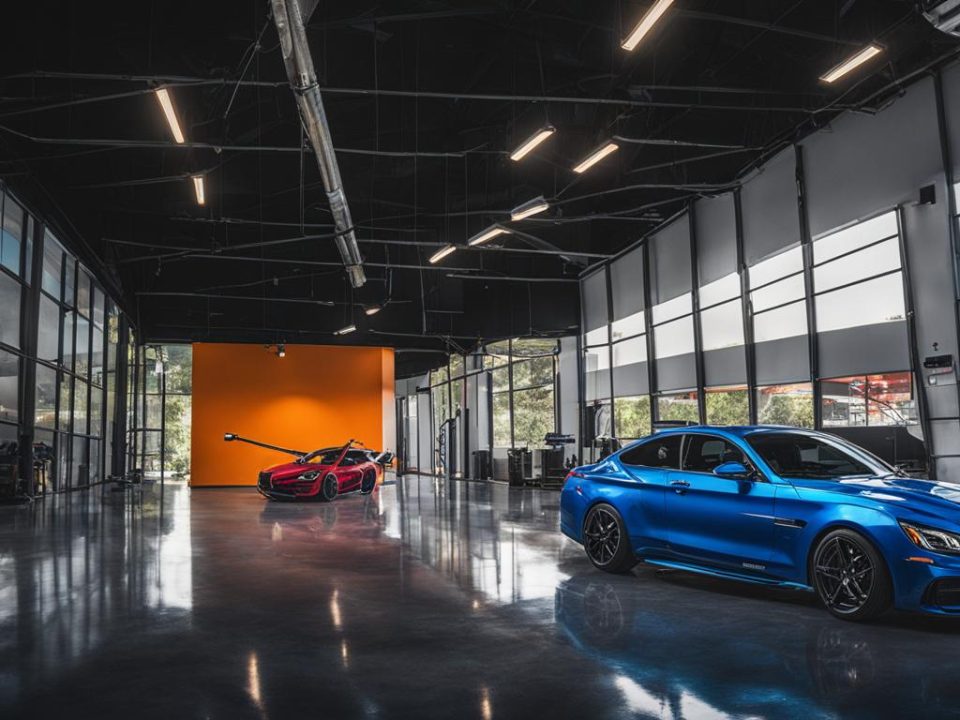
Do ADAS Systems Offer Collision Avoidance?

How Does Lane Keep Assist Work?
Adaptive cruise control is a feature in many cars that allows drivers to set a specific speed and maintain it without having to touch the steering wheel. It can be an invaluable tool in crowded and congested traffic. The technology can also reduce stress and fatigue in these situations. It can help drivers avoid a speeding ticket and can save gas. In addition, it can help prevent rear-ending of vehicles in front.
Adaptive cruise control works by monitoring the road ahead and adjusting your speed to match the speed of the other vehicle. The system continuously scans the road for changes in traffic and detects obstacles. When the road is clear, the system speeds up your car and when it encounters an obstacle, the system slows it down. You can then select the distance that you want your car to follow the other vehicle.
Adaptive cruise control isn’t perfect. It can fail to track vehicles when they’re dirty or have poor paint. It can also be prone to malfunction when the weather is bad. Nonetheless, it can be useful for avoiding speeding tickets, demerit points, and crashes. The technology is growing in popularity, and it’s starting to become a standard component of self-driving cars.
Adaptive cruise control works by using a radar sensor that is installed in the front of your car. When a vehicle is in front of yours, the sensor automatically reduces its speed when it is releasing the accelerator. Depending on the system, you can also choose to change the gap that the system sets behind the next car. If your vehicle isn’t equipped with an advanced system, you’ll need to make adjustments manually. Some systems may also have a “Stop & Go” function, which applies the brakes for a short period of time to slow your car to a preset speed.
Adaptive cruise control is often referred to as “autopilot” or “autonomous cruise control.” It uses a variety of sensors, such as a camera and radar, to keep a close eye on the road. When the driver is ready to use the system, he or she simply pushes a button. After the speed is set, the car follows the other vehicle, accelerating or decelerating as necessary.
Some vehicles offer a ‘Stop & Go’ feature, which stops your car and re-starts it when it’s safe to do so. Other adaptive cruise control models, like the Cadillac Super Cruise, allow you to manually change the speed at any time. Similarly, some automakers provide a distance bar that shows you the distance between you and the other vehicle.
Unlike conventional cruise control, adaptive cruise isn’t always perfect. It can’t always keep your car within the pre-set distance or speed. If you are going downhill, for example, it can drift over your set speed, or if the other vehicle changes lanes, it can cut off the road. The technology has also been known to fail when it is unable to see vehicles in front of you.




